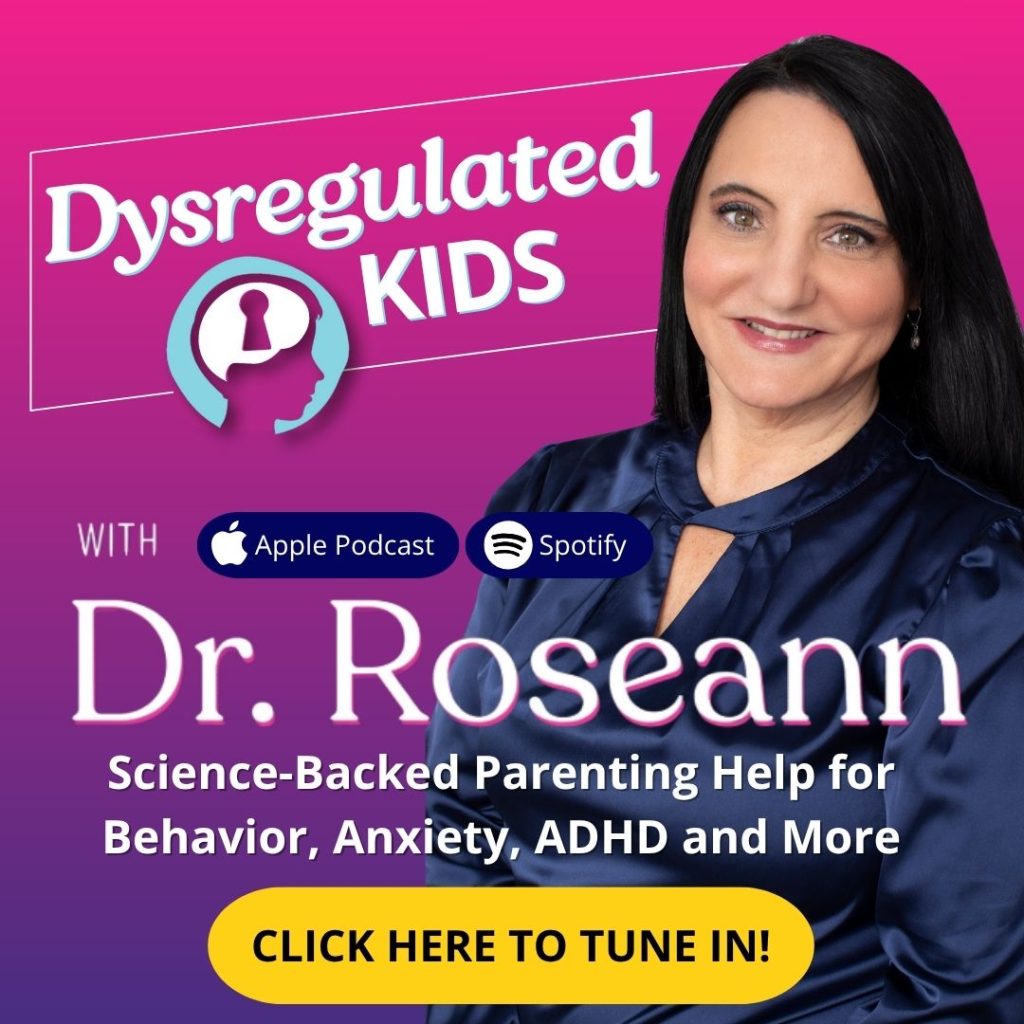Estimated reading time: 7 minutes
If your child always seems like they’re walking a tightrope—tense, touchy, one step from a meltdown—you’re not imagining it. Their nervous system may be stuck in high gear, what we call overactivity of the sympathetic nervous system.
It’s not misbehavior—it’s a brain stuck in survival mode, and together we can start bringing calm back into your home.
What Is the Sympathetic Nervous System (SNS)?

Think of the autonomic nervous system as your child’s behind-the-scenes control network that stretches from their brain all the way to different parts of their body. It keeps things like breathing, heartbeat, and digestion running without them even thinking about it (Fisher et al., 2009).
It has two key branches:
| Branch | Role |
|---|---|
| Sympathetic | Triggers the “fight, flight, or freeze” stress response (Scott-Solomon et al.,2021) |
| Parasympathetic | Brings the body back to calm, rest, and repair |
When the sympathetic system gets stuck in “on” mode, your child’s brain stays in survival mode and overactivity—even without real danger.
What are the Signs of Overactivity of the Sympathetic Nervous System in Kids?
You won’t find these signs on a typical behavior chart—but they show up in dysregulated kids every single day.
Here’s what overactivity of the sympathetic nervous system often looks like in real life:
- Outbursts that come out of nowhere—big feelings, fast and fierce
- Startling easily—like their brain’s alarm bell never shuts off
- Struggles with sleep—they can’t wind down or keep waking up (Greenlund & Carter, 2022)
- Stomach aches, headaches, or vague complaints—especially when stress builds
- Highly sensitive to everything—noises seem louder, lights feel brighter, tags itchier
- Meltdowns over transitions—even small changes feel like a tidal wave
- Nonstop motion or mental chatter—their body won’t quit and neither will their brain
If this sounds like your child, you’re not alone. This isn’t just behavior—it’s a brain stuck in survival mode.
What Causes Sympathetic Nervous System Overactivity?
There’s usually more than one root cause.
Here are the most common ones I see in dysregulated kids:
1. Chronic Stress or Anxiety
Even during calm moments, their brain keeps acting like danger’s right around the corner.
2. Unresolved Trauma
Past trauma locks the brain in survival mode, making everyday life feel unsafe.
3. Neurodevelopmental Conditions
Kids with ADHD, Autism, OCD, or PANS/PANDAS often have nervous systems that struggle to shift out of high gear.
4. Inflammation or Gut Issues
A stressed gut sends warning signals to the brain, keeping the body on edge.
5. Sensory Overload
Everyday sights, sounds, or textures feel threatening, triggering fight-or-flight in an instant.
It’s not misbehavior—it’s dysregulation. Calm the brain first, everything follows.
How Can You Calm an Overactive Sympathetic Nervous System?
Real change doesn’t start with punishment or pep talks. It begins with calming the brain.
When your child’s nervous system feels safe, everything else becomes possible—focus, flexibility, connection. Here’s how to help them get there:
1. Co-Regulation Comes First
Your nervous system talks to theirs. Your calm is their cue to feel safe.
Try these simple, powerful tools:
- Slow your breath and lower your voice
- Offer gentle touch—only if they welcome it
- Use soft eye contact and steady presence
- Skip the lecture—connect through calm instead
Your calm is contagious.





2. Daily Nervous System Regulation Tools
Small, consistent habits make a big impact. Even five minutes a day can shift the nervous system.
Try adding these brain-calming tools:
- Neurofeedback – trains the brain for focus and flexibility
- HRV Biofeedback – builds internal stress awareness and control
- Breathwork & Meditation – downshift the stress response fast
- Movement – walking, yoga, bouncing, or heavy work calm the body
- Anti-inflammatory nutrition – a healthy gut supports brain healing
You don’t need perfection—just rhythm. Start where you are.
3. Build Predictability and Safety
The brain craves rhythm, not chaos.
Help your child feel secure with structure:
- Use visual schedules and predictable routines
- Give warnings before transitions
- Simplify their environment—less clutter, more calm
- Stay consistent with tone and expectations
That sense of safety? It’s not a bonus—it’s a biological need.
4. Address the Root Causes
Behavior is never random—it’s a clue. To truly help your child heal, we have to explore what’s driving that dysregulation underneath the surface.
Explore these deeper supports:
- Run labs to uncover hidden inflammation, infection, or immune stress
- Use a QEEG brain map to see what’s happening in real time
- Look at clinical root causes: anxiety, OCD, ADHD, trauma, or PANS/PANDAS
- Consider functional nutrition to lower brain-based inflammation
Decode the behavior, regulate the brain.
Understanding overactivity of the sympathetic nervous system gives you a new lens on your child’s behavior. And once you see it differently—you can start changing it from the inside out.
Parent Action Steps
FAQs
How do I know if my child’s nervous system is dysregulated?
Signs can include emotional outbursts, anxiety, sleep issues, sensory overload, frequent illness, or chronic stomach problems. If your child seems stuck in fight-or-flight mode or flips from calm to chaos quickly, their nervous system may need support.
Will my child grow out of this?
Not without support. Many kids don’t just “grow out” of nervous system dysregulation—it often gets worse with age if left unaddressed. The good news? With the right tools, the nervous system can heal, and behavior can change.
What’s the connection between my child’s behavior and their nervous system?
Behavior is often a reflection of nervous system dysregulation—not willful defiance. When your child’s autonomic nervous system is stuck in survival mode, calm behavior isn’t possible until their brain feels safe again.
Terminology
Vagal Tone – How well your child’s body can shift from stress to calm. Higher tone = better emotional recovery.
Vagus Nerve – A key nerve connecting the brain to the body. It helps with calm, digestion, and feeling safe.
Homeostasis – The body’s natural balance. When it’s off, everything from emotions to sleep can be affected.
Citations
Gibbons, C. H. (2019). Basics of autonomic nervous system function. Handbook of Clinical Neurology, 407–418. https://doi.org/10.1016/b978-0-444-64032-1.00027-8
Won, E., & Kim, Y. K. (2016). Stress, the Autonomic Nervous System, and the Immune-kynurenine Pathway in the Etiology of Depression. Current neuropharmacology, 14(7), 665–673. https://doi.org/10.2174/1570159×14666151208113006
Always remember… “Calm Brain, Happy Family™”
Disclaimer: This article is not intended to give health advice and it is recommended to consult with a physician before beginning any new wellness regime. *The effectiveness of diagnosis and treatment varies by patient and condition. Dr. Roseann Capanna-Hodge, LLC does not guarantee certain results.
Are you looking for SOLUTIONS for your struggling child or teen?
Dr. Roseann and her team are all about solutions, so you are in the right place!











